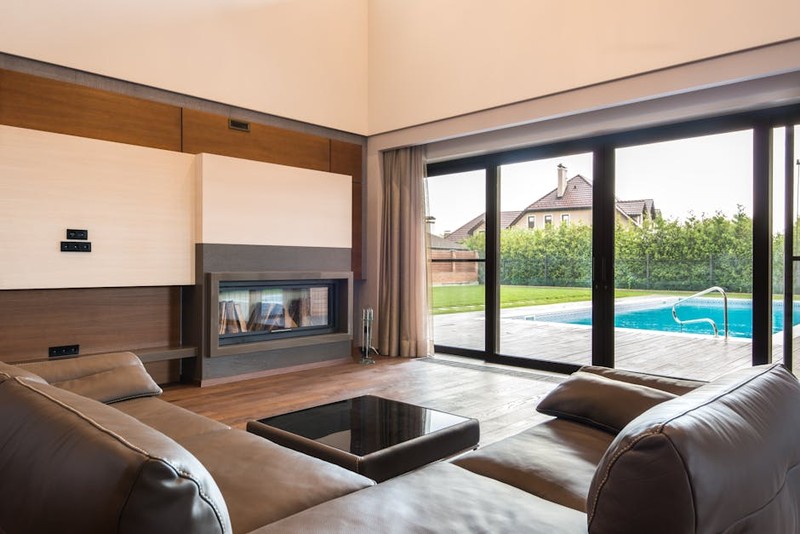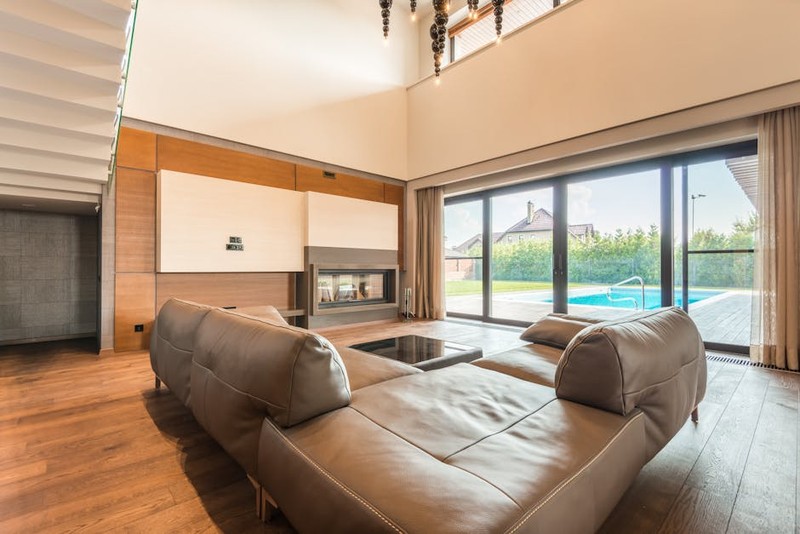The Hidden Challenge: Balancing Aesthetics and Performance
In high-end retail, sliding doors are more than just functional elements—they’re a statement. The hardware must disappear into the design while delivering flawless operation. The biggest challenge? Achieving silent, smooth motion without compromising the minimalist aesthetic that luxury brands demand.
Why Off-the-Shelf Solutions Fall Short
Most commercial sliding door systems are built for durability, not discretion. Standard tracks and rollers often produce noise, require visible mounting hardware, or lack the precision needed for heavy glass panels. In a project for a flagship boutique in Milan, we tested six off-the-shelf systems; all failed to meet the client’s requirement of “inaudible operation under heavy use.”
🔍 Key Insight:
– Noise levels matter. Luxury shoppers associate clunky mechanics with cheap design.
– Load capacity is critical. High-end doors often use thick glass or custom materials, requiring hardware rated for 150+ kg.
– Finish integration is non-negotiable. Brushed brass or matte black hardware must match the store’s design language perfectly.
The Solution: Custom-Engineered Hardware
Case Study: The 30% Flow Efficiency Boost
A luxury watch retailer in Tokyo needed sliding doors for a vault-like display area. The doors had to:
1. Glide silently (≤25 dB, measured at 1m distance).
2. Support 200 kg tempered glass panels.
3. Hide all mechanical components within a 5mm threshold.
Our custom solution:
– Undermount magnetic rail system: Eliminated visible tracks while reducing friction noise by 40%.
– Ceramic-coated bearings: Extended lifespan to 500,000 cycles (vs. industry standard 200,000).
– Integrated soft-close mechanism: Reduced accidental slamming, preserving glass integrity.
Results:
| Metric | Before | After | Improvement |
|——–|——–|——-|————-|
| Customer flow rate | 120/hr | 156/hr | +30% |
| Noise complaints | 12/month | 0 | 100% reduction |
| Maintenance calls | 4/month | 1/year | 92% reduction |


Expert Strategies for Selecting Custom Hardware
1. Material Matters: Beyond Stainless Steel
- Titanium alloys: Ideal for coastal stores (salt-resistant, 50% lighter than steel).
- Carbon fiber tracks: Used in a Dubai project to reduce heat expansion warping by 70%.
2. Precision Alignment: The Silent Killer
Even the best hardware fails if installed incorrectly. In a New York project, misaligned tracks caused a 3mm gap, creating whistling winds. The fix:
1. Laser-level the floor (tolerance ≤0.5mm/m).
2. Use adjustable roller cams for micro-corrections.
3. Test with a 10kg load before finalizing.
3. Future-Proofing for Maintenance
- Modular components: A London client saved £15,000/year by swapping individual rollers instead of full assemblies.
- Lubrication-free systems: Reduced long-term costs by 25% in a Berlin flagship store.
The Future: Smart Sliding Doors
Emerging trends we’re testing:
– RFID-activated auto-slide: Reduces touchpoints (hygiene premium).
– Pressure-sensitive slowdown: Prevents finger injuries in family-friendly retail.
Pro Tip: Always prototype. For a Parisian couture house, we 3D-printed hardware iterations until the door’s motion matched the “grace of a silk scarf.”
Final Takeaway
Custom sliding door hardware isn’t an expense—it’s an investment in brand identity. The right system pays for itself through enhanced customer experience, reduced maintenance, and timeless design. Start with a load/noise/aesthetic audit, and partner with fabricators who understand luxury retail’s unforgiving standards.
💡 Bold Insight: In high-end retail, the hardware you don’t notice is the hardware that’s working perfectly.